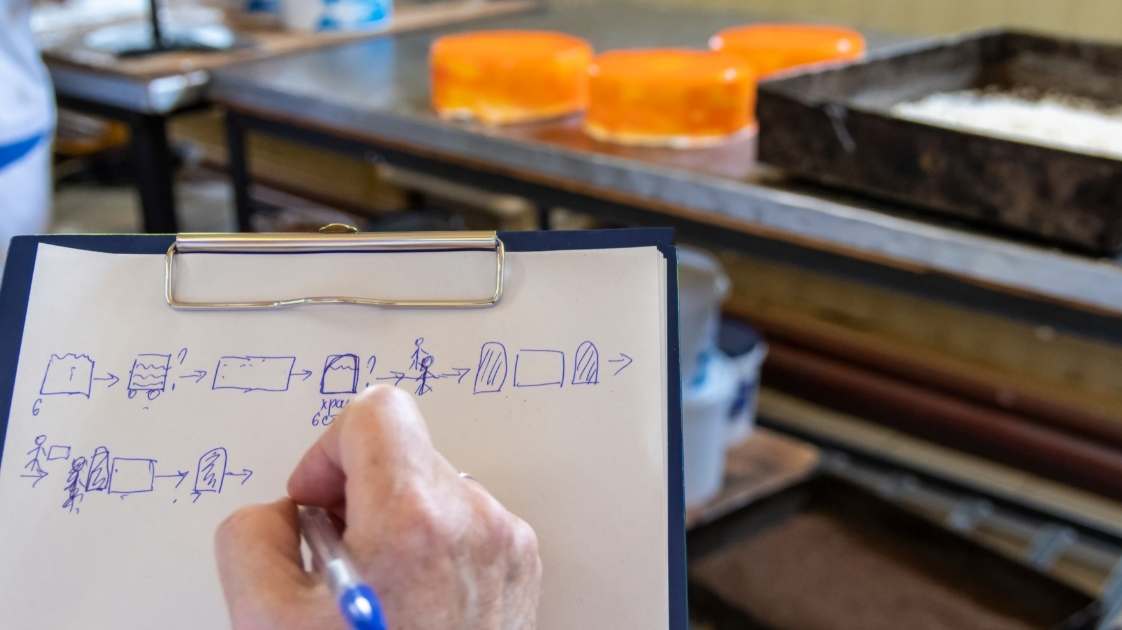Process Maturity Level. The purpose of the business process is to ensure consistency. A good process ensures that the right things get done by the right people at the right time. Processes have a main role to establish formal lines of communication and cooperation between organizational units.
Process maturity is an indication of how close a developing process is to complete and capable of continual improvement.
The maturity of a process or activity can be defined from Level 0 (the least mature) to Level 5 (the most mature).

Level 0 = INCOMPLETE
Ground level. The process is happen ad hoc / informally with a lack of practice.
Level 1 = PERFORMED
It is characterized as inconsistent process management, often called “fire-fighting”. There is a (total) lack of management objectives to organize the process activities.
Level 2 = MANAGED
Some process management foundation exists, however, limited to the work units which often results in so-called functional silos. This is the level where still most probably the majority of organizations stick today.
Level 3 = STANDARDIZED
The first level is where an organization becomes aware of its business processes. At this level, organizations establish process standards with the aim to achieve consistency in their activities, products & services they deliver.
Level 4 = MEASURED
The process is controlled and measured with a set of metrics. The objective is to achieve predictable results with a controlled, limited variation of process outputs.
Level 5 = OPTIMIZED
The organization works on continuous improvement of its business processes, products, and services. They achieve this thanks to defect and problem prevention, by continuously improving their capabilities, and through structural / planned innovation.

Nenad Marcetic is CIO at Lean Community. He has over 15 years of experience in Lean Management. He is a graduate of Quality Management. He has conducted more than 250 management system audits in various companies and industries (manufacturing, food and beverage, agriculture, IT services, finance, retail, mining). Since 2015 in a global automotive company, where he is responsible for process standardization and the implementation of the IATF standard.






